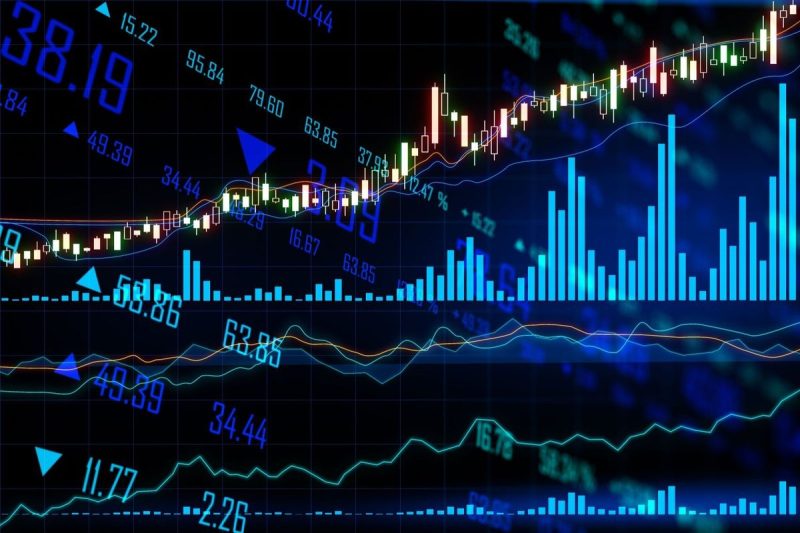Rare Earth Metals: Heavy vs. Light – An In-Depth Comparison
Heavy and light rare earth metals play crucial roles in various industries, offering distinct properties and applications despite their similarities. While heavy rare earth metals are known for their scarcity and high demand, light rare earth metals are more abundant but equally valuable. In this detailed comparison, we will delve into the differences between heavy and light rare earth metals, their uses, and the impact of their availability on global markets.
1. Abundance and Rarity
Heavy rare earth metals encompass elements from dysprosium (Dy) to lutetium (Lu) in the periodic table, with limited natural reserves. On the other hand, light rare earth metals consist of elements from lanthanum (La) to neodymium (Nd) and are relatively more abundant in nature. Due to their scarcity, heavy rare earth metals are often more challenging and costly to extract, making them highly sought after in industries such as electronics, renewable energy, and defense.
2. Properties and Applications
Heavy rare earth metals possess unique magnetic properties, high melting points, and exceptional resistance to demagnetization, making them indispensable in the production of powerful permanent magnets used in electric vehicle motors, wind turbines, and other high-tech applications. Dysprosium, for instance, is a critical component in the manufacturing of neodymium-based magnets due to its ability to enhance their magnetic strength and temperature stability.
Conversely, light rare earth metals are recognized for their luminescent properties, heat-resistance, and catalytic capabilities. Cerium, a prominent light rare earth metal, finds widespread application in automotive catalysts, glass polishing, and metallurgy due to its ability to oxidize pollutants and improve material durability. Lanthanum is commonly used in rechargeable batteries, camera lenses, and high-performance optical glasses owing to its excellent optical properties and durability.
3. Economic Impact and Market Trends
The global rare earth metals market is heavily influenced by the supply and demand dynamics of heavy and light rare earth elements. As heavy rare earth metals become scarcer and more valuable, industry players are increasingly exploring alternative sources, recycling methods, and substitution strategies to mitigate supply chain risks and maintain production continuity. The geopolitical implications of rare earth metal trade restrictions and export quotas have also sparked concerns about market stability and strategic resource management.
While light rare earth metals enjoy more abundant reserves, their critical role in emerging technologies like electric vehicles, wind power, and smart devices positions them as key drivers of future economic growth and sustainability. As global demand for rare earth metals continues to rise, investments in research, development, and sustainable extraction practices are essential to ensure a stable and resilient supply chain for both heavy and light rare earth elements.
In conclusion, heavy and light rare earth metals represent vital components of modern industry, each offering distinct properties and applications that drive innovation and technological advancement. By understanding the differences between heavy and light rare earth metals, we can appreciate their significance in shaping our future and address the challenges of resource scarcity and environmental sustainability in a rapidly evolving global economy.

